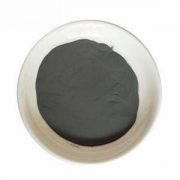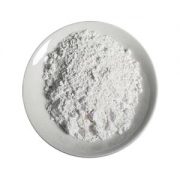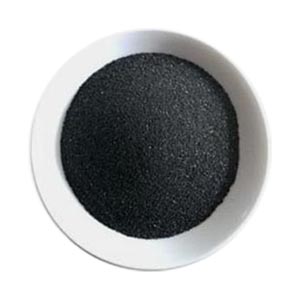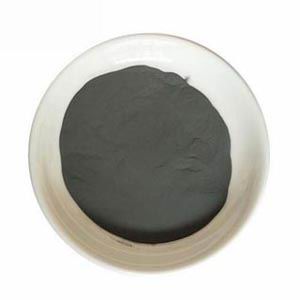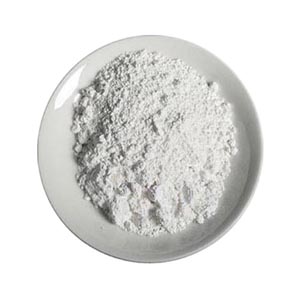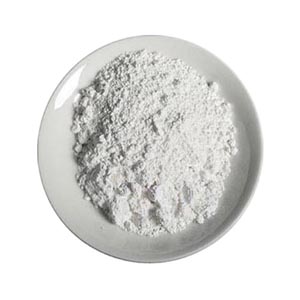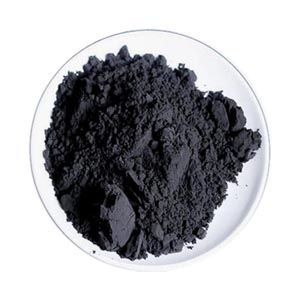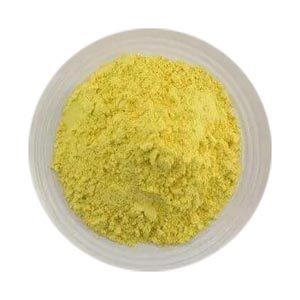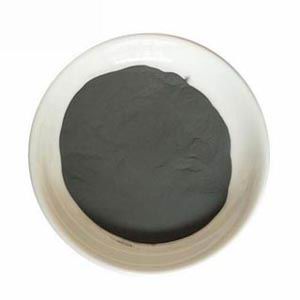Cadmium telluride
Other name: Cadmium telluride Coating quality Balzers; telluroxocadmium
CAS no. : 1306-25-8
EINECS no. : 215-149-9
Molecular formula: CdTe.
Molecular weight: 240.011.
Density: 5.85 g / cm3
Melting point: 1092 ° C
Boiling point: 1130 ℃
- 描述
- Related Knowledge
- Inquiry
Physical properties: Granules or powder
Banding width: 1.44 eV
Refractive index: 2.57
Specification:
4N CdTe with the purity over 99.99%, the total impurity content of silver, aluminum, arsenic, bismuth, copper, iron, magnesium, nickel, lead, selenium, silicon and zinc is less than 100ppm;
5N CdTe with a purity of over 99.999%; the total content of impurities of silver, aluminum, arsenic, bismuth, copper, iron, magnesium, nickel, lead, selenium, silicon and zinc is less than 10ppm;
6N CdTe with a purity of over 99.9999%. The total impurity content of silver, aluminum, arsenic, bismuth, copper, iron, magnesium, nickel, lead, selenium and silicon is less than 1ppm
Application direction:
Cadmium telluride solar cells, monocrystalline silicon solar cells than the convenience of production, low cost and weight advantages. CdTe thin film solar cell CdTe battery, which is a p-type CdTe and n-type CdS heterojunction-based thin-film solar cells. The standard cadmium telluride thin film solar cell consists of a five-layer structure: a back electrode, a back contact layer, a CdTe absorber layer, a CdTe window layer, a TCO layer. Cadmium telluride thin-film solar cell production costs significantly lower than crystalline silicon and other materials, solar cell technology, followed by it and the solar spectrum is very consistent, can absorb more than 95% of the sun. On the basis of extensive application research, CdTe batteries in many countries in the world have started to go into large-scale industrial production from the laboratory research stage. In addition, cadmium telluride semiconductors can be used for spectral analysis, infrared electro-optic modulators, infrared detectors, infrared lenses and windows, phosphors, ambient gamma detectors, light emitting devices in the near-visible region
Cadmium telluride solar energy
Cadmium telluride solar energy (CdTe) is a crystalline material synthesized from cadmium and tellurium, and is an ideal semiconductor material for solar cells. In addition to solar energy applications, cadmium telluride can also form HgCdTe alloy with mercury, which can be used in the infrared detector of photosensitive materials, but also because of the toxicity of cadmium telluride, the scope of application has not been universal.
As with other cadmium compounds, cadmium telluride is considered a toxic substance, but cadmium telluride is only as harmful to the human body as long as it is not taken orally or breathed into the body.
US Department of Energy pointed out that cadmium telluride solar modules as long as after appropriate recycling process does not harm the environment, its environmental impact and cadmium metal is completely different. Therefore, CdTe solar modules under normal use, the environmental benefits even more than the threat to the environment.
In the past to produce the traditional silicon solar panel-based American Bizet (GE), the future will use the same raw materials and the US solar company First Solar, into the field of thin-film solar cells.
Although the conversion efficiency of cadmium telluride technology is lower than that of crystalline silicon solar cells, the singularity shows that cadmium telluride technology has a better cost than other thin-film solar technologies when considering the conversion efficiency, the cost of oxygen and the cost of raw materials, etc. Structure, this is the strange choice to develop the main reason for cadmium telluride technology.
It is reported that cadmium telluride solar cell manufacturing cost is low, the maximum efficiency has been obtained at 16%, is a promising solar cell applications.
The development of cadmium telluride thin film solar cells is gaining more and more attention. The problems of tellurium resource, battery cost, environmental impact of battery production and use are the concerns of many people in the development of cadmium telluride thin film solar cells. This article has carried on the analysis discussion, finally has analyzed the key technology of the industrial scale production cadmium telluride thin film solar cell module.
The development of cadmium telluride thin film solar cells has attracted worldwide attention. The conversion efficiency of small area cells has reached 16.5%, the conversion efficiency of commercial components is about 9%, and the maximum conversion efficiency of components is up to 11%. Sichuan University, China prepared a conversion efficiency of 13.38% of the small area unit solar cells, 54cm2 integrated components conversion efficiency of 7%, ongoing 0.1 ┫ component production line construction and large-scale battery production technology research and development.
Tellurium resources
Telluride is a rare element on Earth. The primary problem facing the development of cadmium telluride thin film solar cells is whether the reserves of tellurium on Earth can meet the industrial scale production and application of cadmium telluride solar cell modules. In the industry, tellurium is mainly recovered from electrolytic copper or smelting zinc waste. According to related reports, there are 14.9 tons of tellurium on Earth, of which 22,000 tons in China and 25,000 tons in the United States.
In the United States cadmium telluride thin film solar cell manufacturer First Solar annual output of 25MW plant, 300 to 340 kg of cadmium telluride that can meet the production needs of 1MW solar cells. Taking into account the density of tellurium 6.25g / cm3, cadmium density of 8.64g / cm3, then 130 to 140 kg of tellurium to meet 1MW tellurium.

